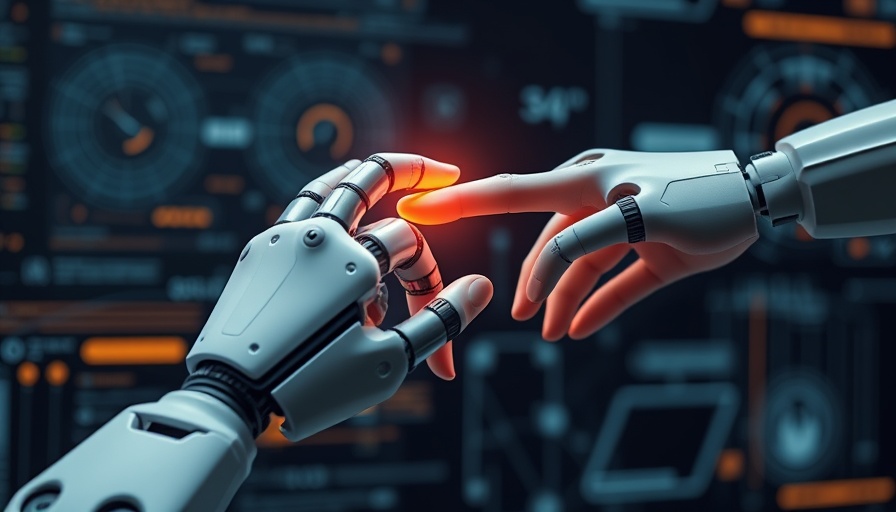
The Rising Concerns About AI Job Losses
In a rapidly evolving workplace, the surge of artificial intelligence (AI) has sparked a wave of uncertainty among employees. A recent survey by Acas revealed that 26% of workers are anxious that AI could lead to job losses. This statistic underscores a fundamental emotional response to technological advancements—fear of the unknown. As AI technologies become more integrated into various industries, understanding their potential impact on employment becomes crucial.
Voices of Concern
According to Acas, just under one-fifth (17%) of workers are worried about errors made by AI, while 15% express concerns regarding the lack of regulation governing these technologies. Dan Ellis, the Interim Chief Executive of Acas, emphasizes the need for employers to develop transparent policies regarding AI usage and address worker concerns head-on. “Some employers may be looking to embrace new technologies as a way to cut costs, increase productivity, or make workers’ jobs easier,” Ellis stated, hinting at the dual-edged nature of AI—that it has the potential to automate tasks while also fostering anxiety about job security.
Creating a Transparent Work Environment
To mitigate fears surrounding AI implementations, Acas provides vital recommendations for employers. Clear policies regarding the usage of AI should be established, and it's essential that employees are involved in discussions about how these technologies will be introduced into their roles. This collaborative approach not only helps clarify expectations but also reassures workers that their jobs remain valuable.
Ellis suggests that while AI can streamline processes, employers should highlight how these technologies will enhance, rather than replace, employee roles. Human oversight will remain critical; AI technology is not infallible. Proper training on the tools will be necessary to ensure employees are equipped to handle potential inaccuracies and biases in AI outputs.
The Intersection of AI and Employee Privacy
Moreover, as organizations invest in AI, they must respect data privacy regulations, particularly GDPR. Employees must be aware of their rights regarding personal and sensitive data, especially when interacting with AI tools. Encouraging employees to consult their IT teams can also bolster data security, ensuring that proprietary information isn't inadvertently shared through AI platforms.
Local and Global Perspectives on AI Concerns
The discourse around AI's impact on jobs isn't confined to a particular region. Indeed, from coast to coast in the U.S. and across seas in the U.K., municipalities and companies alike are grappling with the implications of AI. For example, concerns over layoffs related to AI technology echo in various sectors, from manufacturing to customer service, highlighting the universal nature of these anxieties. In stark contrast, several local innovators are stepping up, turning the threat into opportunity by embracing upskilling programs that prepare workers for a hybrid future where humans and AI coexist.
A Positive Outlook on Collaboration Between Humans and AI
Despite the apprehensions associated with AI, beneficial initiatives are emerging to alleviate concerns. Many businesses are leveraging AI not only to enhance productivity but also to create working environments that foster collaboration between technology and humans. Employees who see AI as an augmentation of their roles, rather than a replacement, are likely to feel more secure and engaged.
In the face of evolving job descriptions, encouraging adaptability is essential. Employers should seek opportunities to use AI as a tool for enhancing employee satisfaction rather than simply reducing headcount.
Conclusion: Bracing for the Future of Work
As we navigate the intersection of AI and employment, it's clear that communication and collaboration are key. Employers must take action now to ensure their staff feel secure and valued. This is not just a technological transformation but a human story—one where dialogue and understanding shape the future of work. By fostering open conversations and implementing employee-centered policies, organizations can turn AI concerns into collaborative opportunities for both workers and management.
In light of these insights, employees and employers must work together to navigate this uncertain terrain. The future of work is bright—but only if it's built on trust, transparency, and teamwork. Stay informed and engaged as we move toward a future where humans and AI thrive together.
 Add Row
Add Row  Add
Add 




Write A Comment